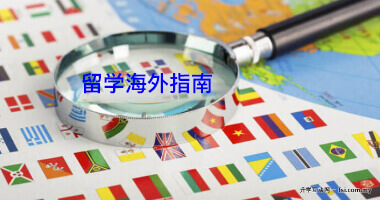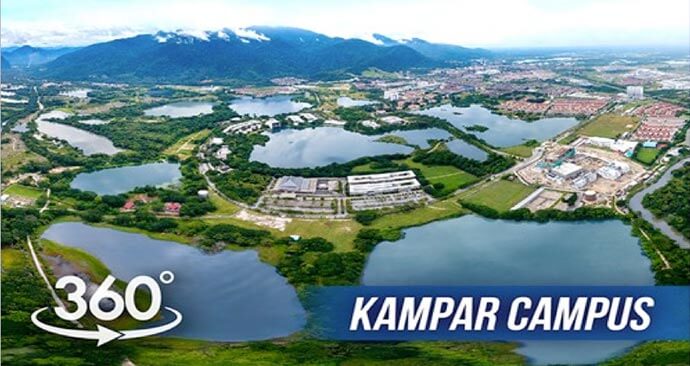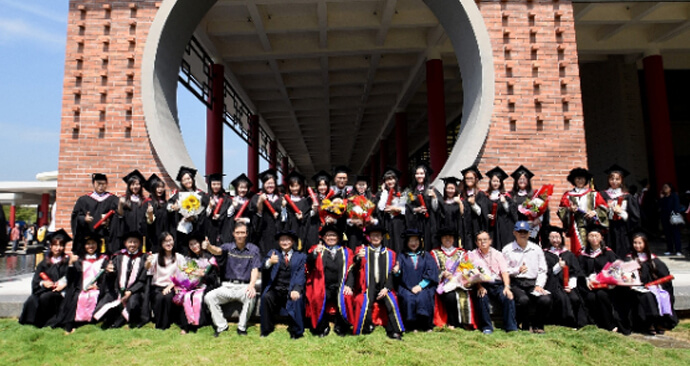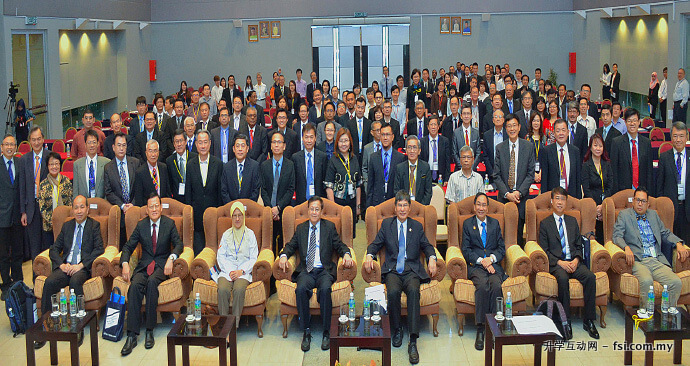Faculty of Engineering and Green Technology (FEGT) Petrochemical Engineering graduate Yong Jun Xin clinched the first spot in The Institution of Engineers Malaysia (IEM) Chemical Research Paper Competition 2017 at KLCC on 13 April 2017.
Organised by IEM’s Chemical Engineering Technical Division, the competition was a prelude to the 17thAsian Pacific Confederation of Chemical Engineering (APCChE) Congress to be held in Hong Kong in August this year.
Yong was one of the five finalists shortlisted from the undergraduate category to be invited to present his paper titled “Production and Characterisation of Biopolyols from Crude Glycerol Based Liquefaction Process” at the International Construction Week 2017 held at the Kuala Lumpur Convention Centre.
Introducing the research which was also Yong’s Final Year Project (FYP), he explained, “Currently, commercial polyols and polyurethane foams (PU) are produced from petrochemical derivatives. The environmental pollution is one of the world’s greatest concerns and has subsequently developed an interest in using renewable resources to produce bio-based polyols and polyurethane foams. The lignocellulosic biomass can be used to produce biopolyols through liquefaction process because of its structure containing lignin, hemicelluloses and cellulose which are highly functionalised materials rich in hydroxyl groups.”
Yong added that since Malaysia is a major palm oil exporter, there will be massive amounts of leftover waste such as palm kernel cake. “Palm kernel cake is a lignocellulosic biomass and it has the potential for the production of biopolyols. Crude glycerol on the other hand has the potential of substituting the petroleum-derived solvent for liquefaction process. Crude glycerol is an inexpensive by-product produced from the biodiesel production process due to the presence of impurities such as free fatty acids, fatty acid methyl esters and soaps, therefore requiring higher purification cost before selling, which incurs cost to the biodiesel industry,” he added. Yong also stated that both materials are promising feedstock to be used in the production of biopolyols and polyurethane foams. His paper therefore investigated the feasibility of using palm kernel cake and crude glycerol in liquefaction process to produce biopolyol.
While Yong was elated to have his effort acknowledged, he also shared that the research process was not entirely a bed of roses as there were times when chemical reactions would become unstable. “I had to then carefully make adjustments to some of the procedures to get the results,” Yong answered, and thanked FEGT Deputy Dean for R&D and Postgraduate Programmes Dr Lo Po Kim for her supervision and advice. “I would also like to thank Sime Darby for sponsoring the crude glycerol and Union Lab for the palm kernel cake.”
Yong walked away with a certificate and RM100 cash prize.
拉曼大学 Universiti Tunku Abdul Rahman (UTAR)
http://www.fsi.com.my/会员专区/college-profile/?sponsor_id=168
http://www.fsi.com.my/utar













